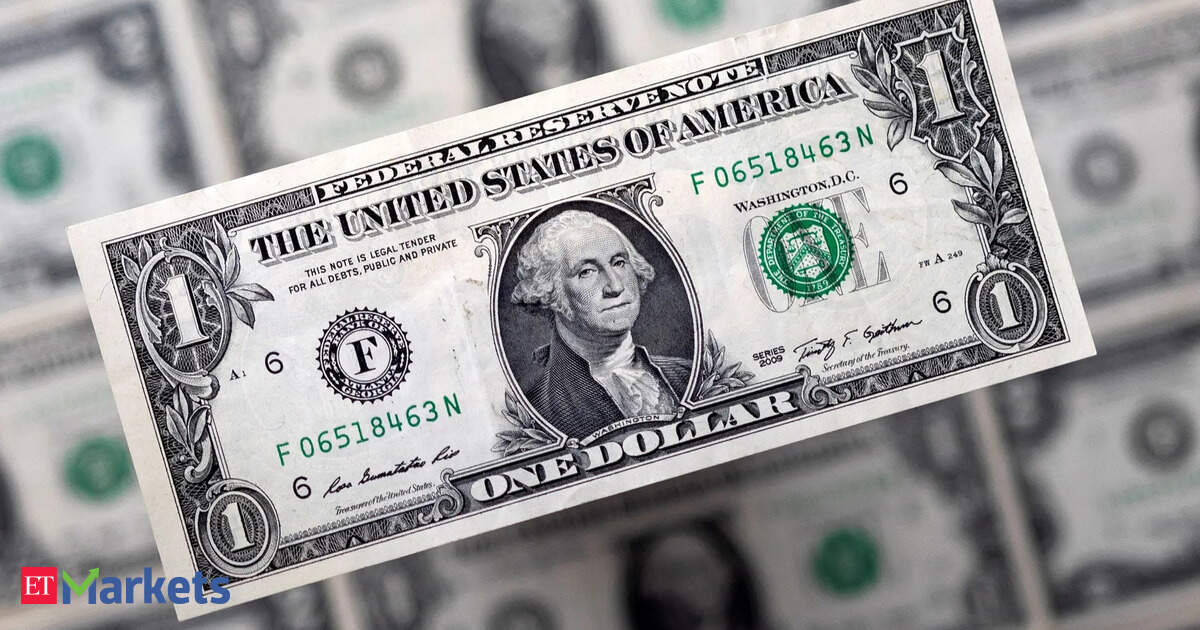As the dollar index declined, Asian currencies posted strong gains.
In contrast, the rupee underperformed, reflecting India’s domestic fundamentals, modest intervention by the Reserve Bank of India (RBI) on both sides and persistent vulnerability to energy shocks and geopolitical risks.
To protect the value of their dollar holdings from revaluation losses, Asian institutions and fund managers are also hedging their dollar assets, according to a June bulletin by the Bank of International Settlements (BIS).
 Agencies
Agencies“The dollar’s decline is no longer just a reaction to tactical interest rate expectations but reflects deeper structural shifts in fiscal, trade, and monetary policy as well as capital allocation behavior,” Abhilash Koikkara, head of forex and commodities, Nuvama, said in a report.
The dollar index is trading with a negative bias, and is expected to fall to 94 levels, the report said. The US dollar index is a measure of the value of the US dollar relative to a basket of six foreign currencies-euro, Japanese yen, Canadian dollar, British pound, Swedish krona, and Swiss franc.








